One of the main considerations in selecting an apartment for purchase is whether the unit is in move-in condition or requires renovation. This is not a new question, though perhaps surprisingly, attitudes have shifted in recent years - especially among Millennial buyers.
What Does ‘Move-In’ Mean?
The meaning of the term ‘move-in condition’ has always meant different things to different people. For some, it means the unit is brand-spanking-new; everything in it pristine, never used before. For others, it means the place is clean and freshly painted, but that certain things - like kitchen appliances and bathroom fixtures, for example - will need replacement down the road as funds allow.
At the other end of the spectrum is the famous ‘fixer-upper.’ A ‘fixer-upper’ has charm. It’s usually pre-war construction and features lots of finishes no longer found in newly built units - things like wood wainscotting under decades of paint, and subway tile in pre-war kitchens with appliances that dated back to when a refrigerator was referred to as an ‘icebox.’ Manhattan, particularly the upper West Side, has long been famous for this type of property.
The joy of a ‘fixer-upper’ is in the restoration of the fine details of a bygone age. Of recreating a certain feel to the space. Of making it timeless by mixing the flavor of the old with the convenience of the new - keeping that wood wainscotting and subway tile, but swapping out the icebox for chef-quality appliances and adding rainshower fixtures to the bath. The downside of this kind of lifelong commitment is that it can, in fact, go on for a lifetime.
What Buyers Want
While there are purchasers for apartments in all types of condition, brokers report that they see a major shift in the preference for ‘move-in’ or turn-key apartments among millennial buyers. “Millennials are the big buying group,” says Joanna Mayfield Marks, a broker with Brown Harris Stevens. “Some have lived at home to save money and are re-entering the market now, which is great for New York. Others are in the market already, but may be newly married or starting families. For a variety of reasons, this segment of the market prefers turn-key properties.”
According to Mayfield Marks, the main considerations around turn-key properties have to do with available cash, financing, and convenience. As to cash and financing, Marks points out that millennials often don’t have the cash on hand necessary to qualify for many co-op buildings, and are often receiving gifted down payments from parents. This lack of cash often pushes them to the condominium market, where a higher percentage of financing relative to purchase price is available, thereby lowering the down payment threshold. This also reduces the amount of cash in excess of a down payment needed, which is then available to complete renovations before move-in.
Convenience, especially for those who have children or imminently plan to, is a major factor as well. Having to complete necessary renovations, (which almost always take longer and cost more than anticipated), can cause delays that are extremely inconvenient for families. Additionally, if the purchaser is selling their existing unit as well, they may be under pressure from their own buyer to vacate. Any delay in construction can result in an expensive stay at a temporary alternative residence.
What’s a Seller to Do?
Mayfield Marks advises sellers with units that are not move-in ready to consider renovating those units before putting them on the market. “Interest rates are very low, and money is cheap,” she says. “To get your best price, renovate and then sell.” For those who don’t want or can’t go through the renovation process, Mayfield Marks says, “At a minimum, paint and clean up the place.” Staging is important. She stresses that buyers want to imagine the unit as their home, not see it as your home. And again - if you can do a renovation, do it. In the end it will likely pay for itself.
While it seems that today’s buyers want the work done for them, in the realities of today’s market, going with the trend may be advisable if you want to sell quickly and at your best price. It’s something sellers need to consider in planning their strategy.



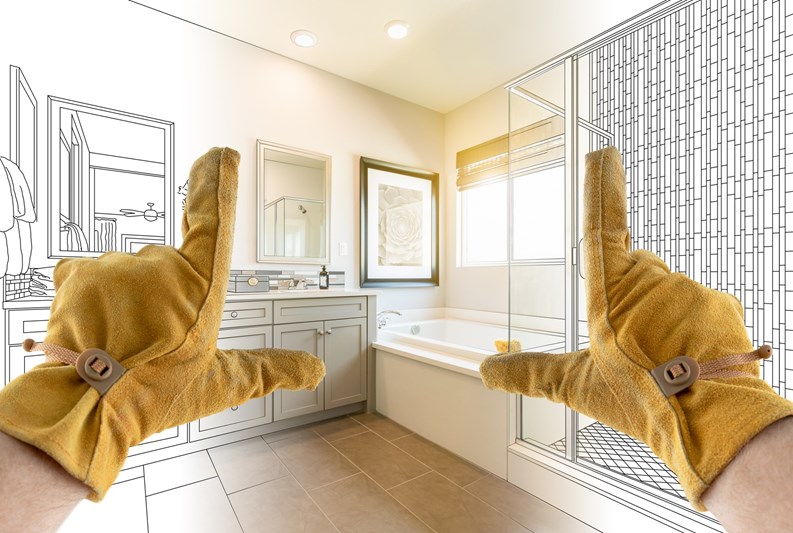


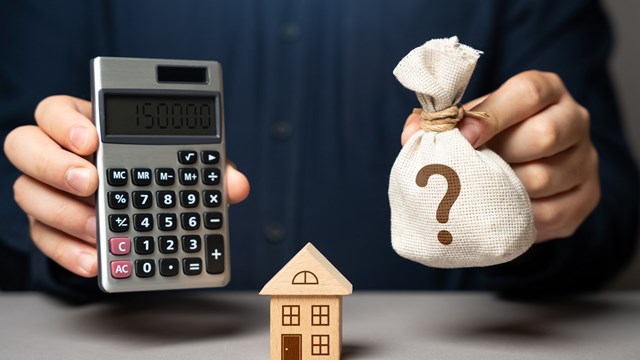
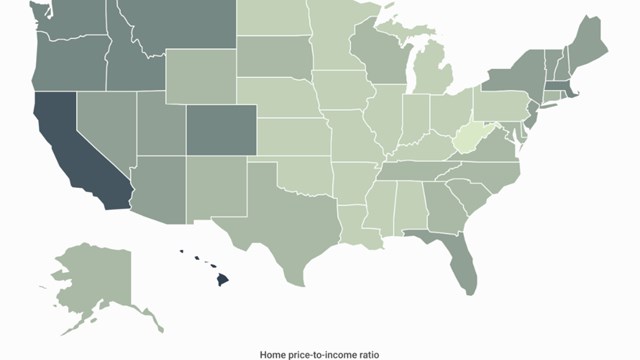
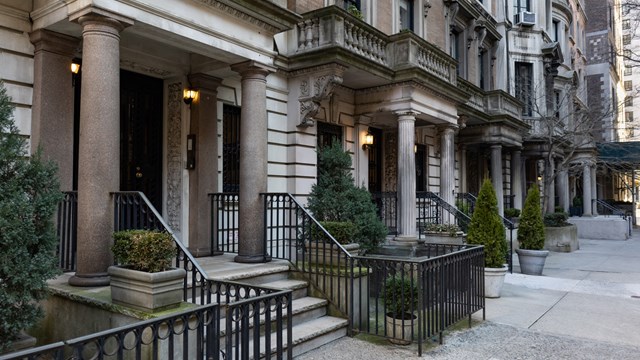
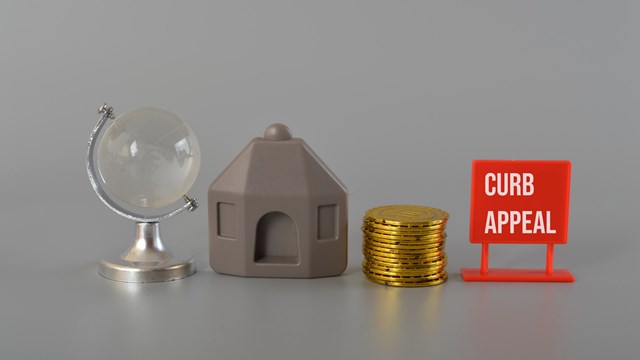
Leave a Comment